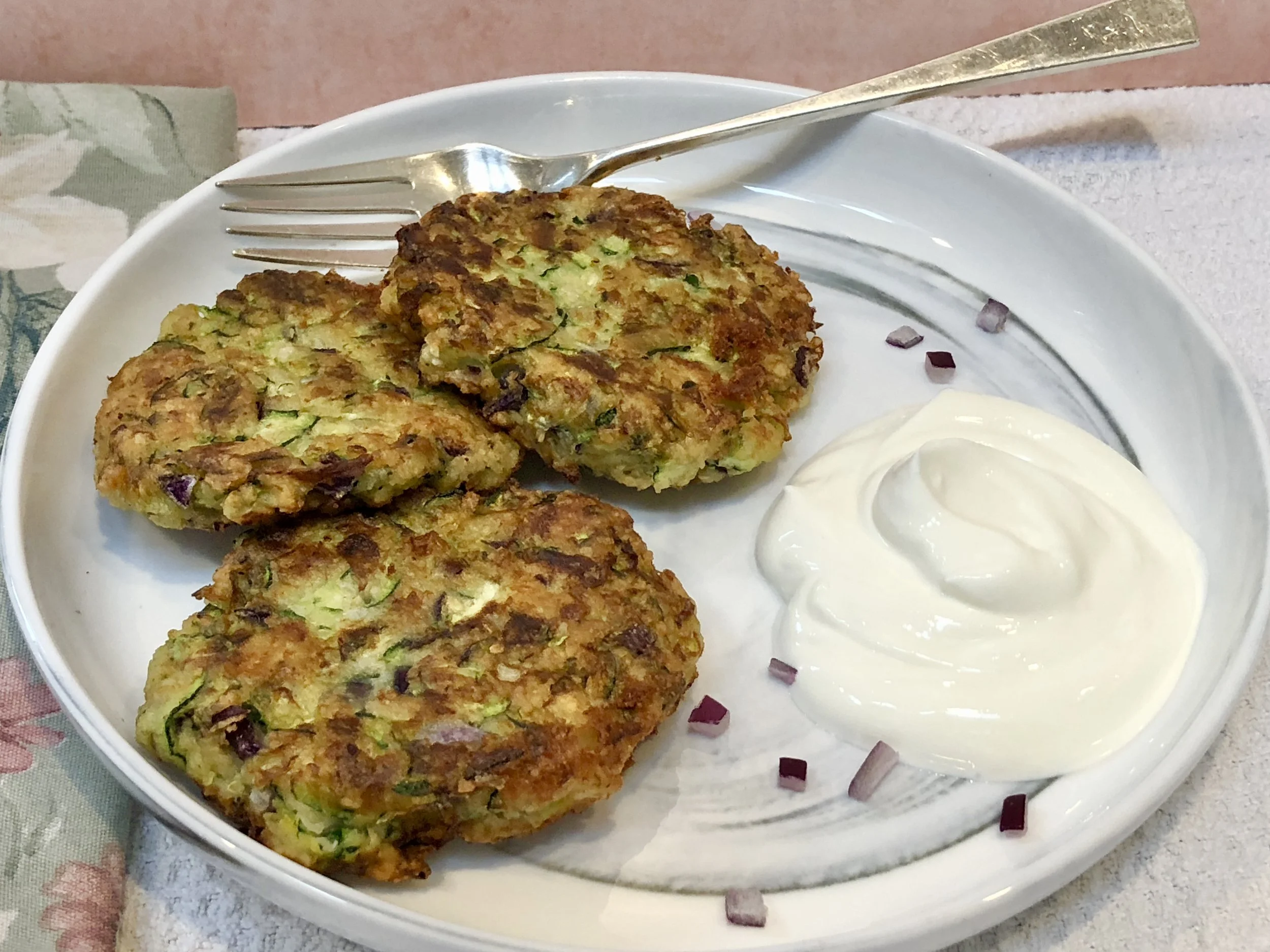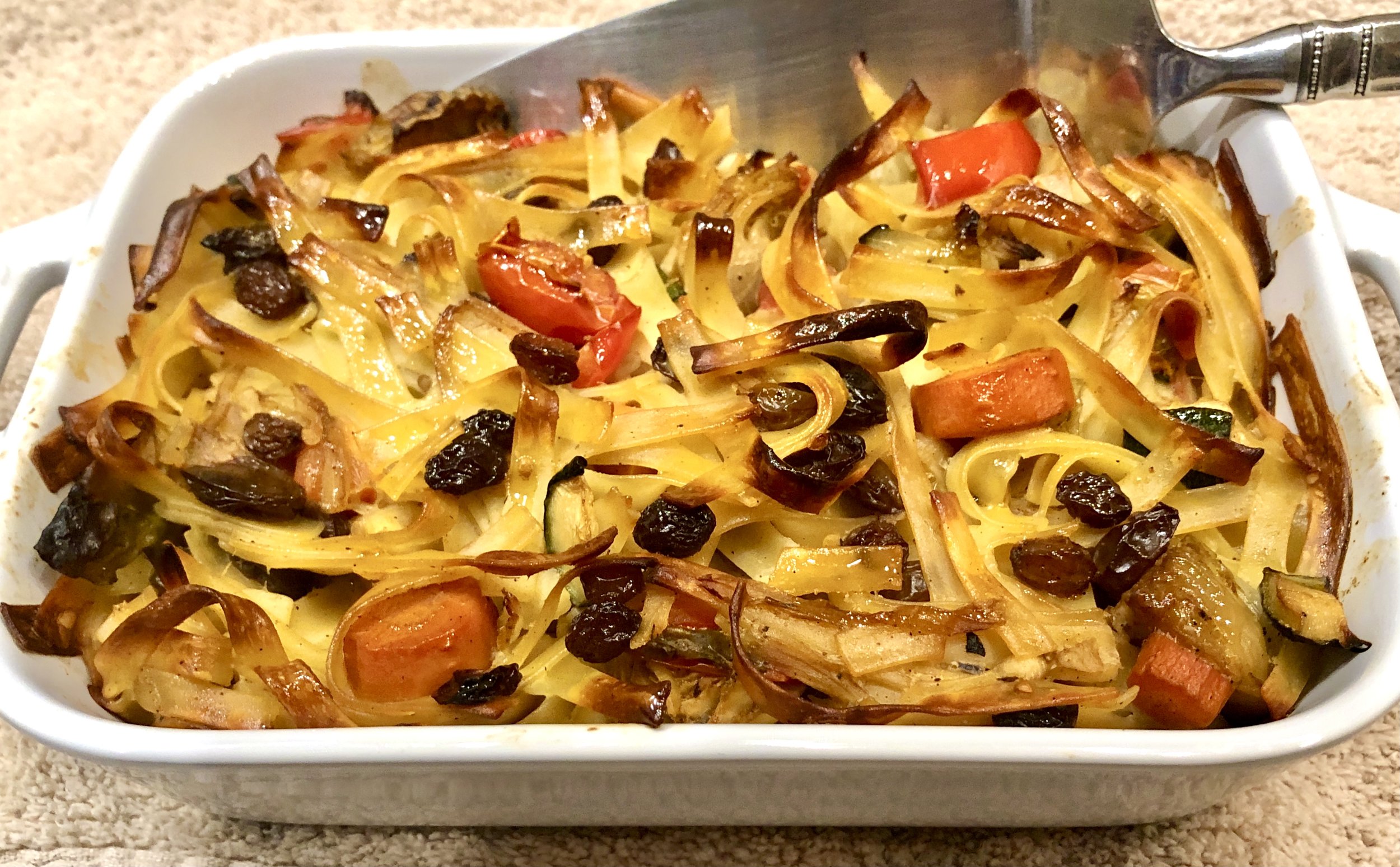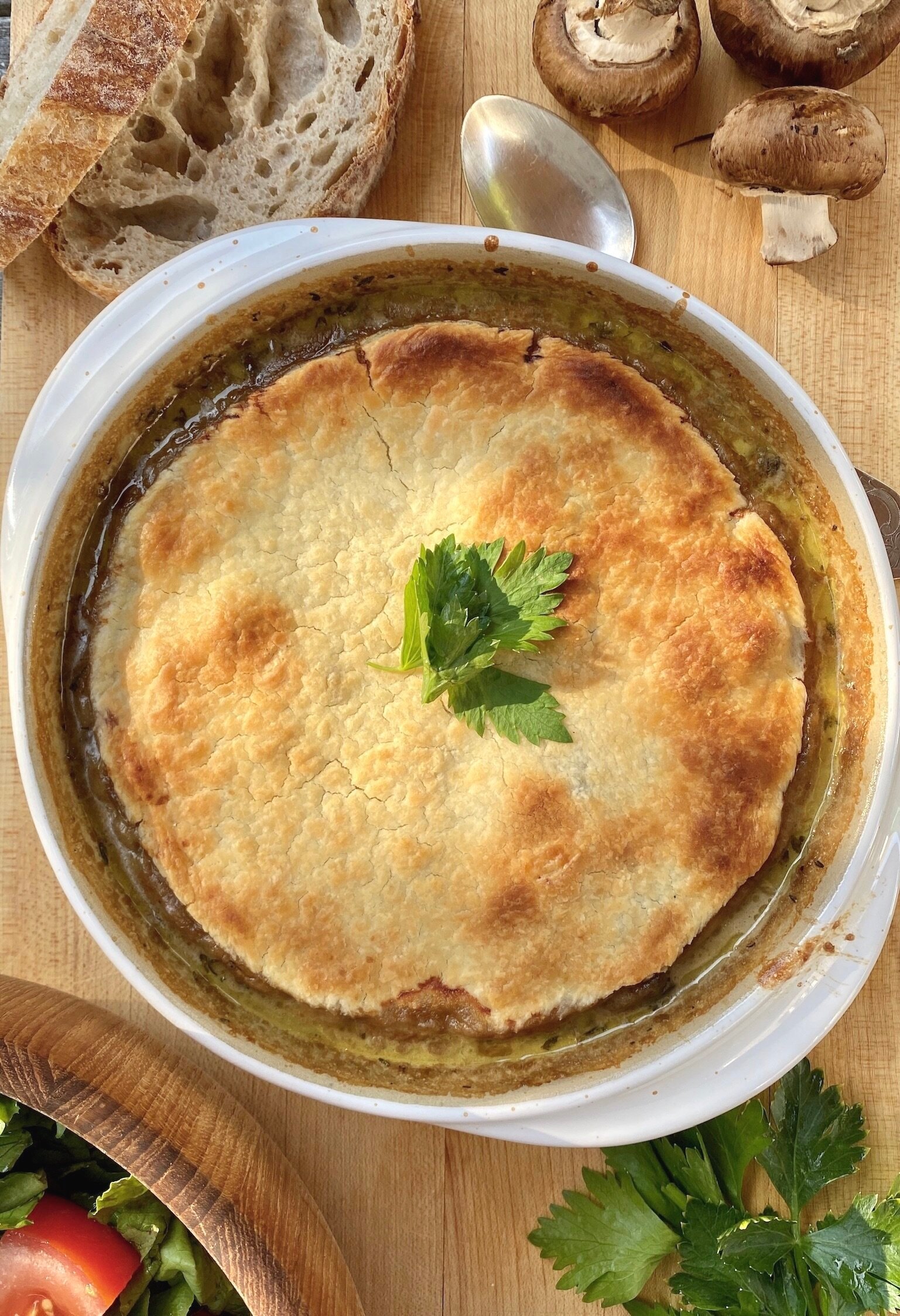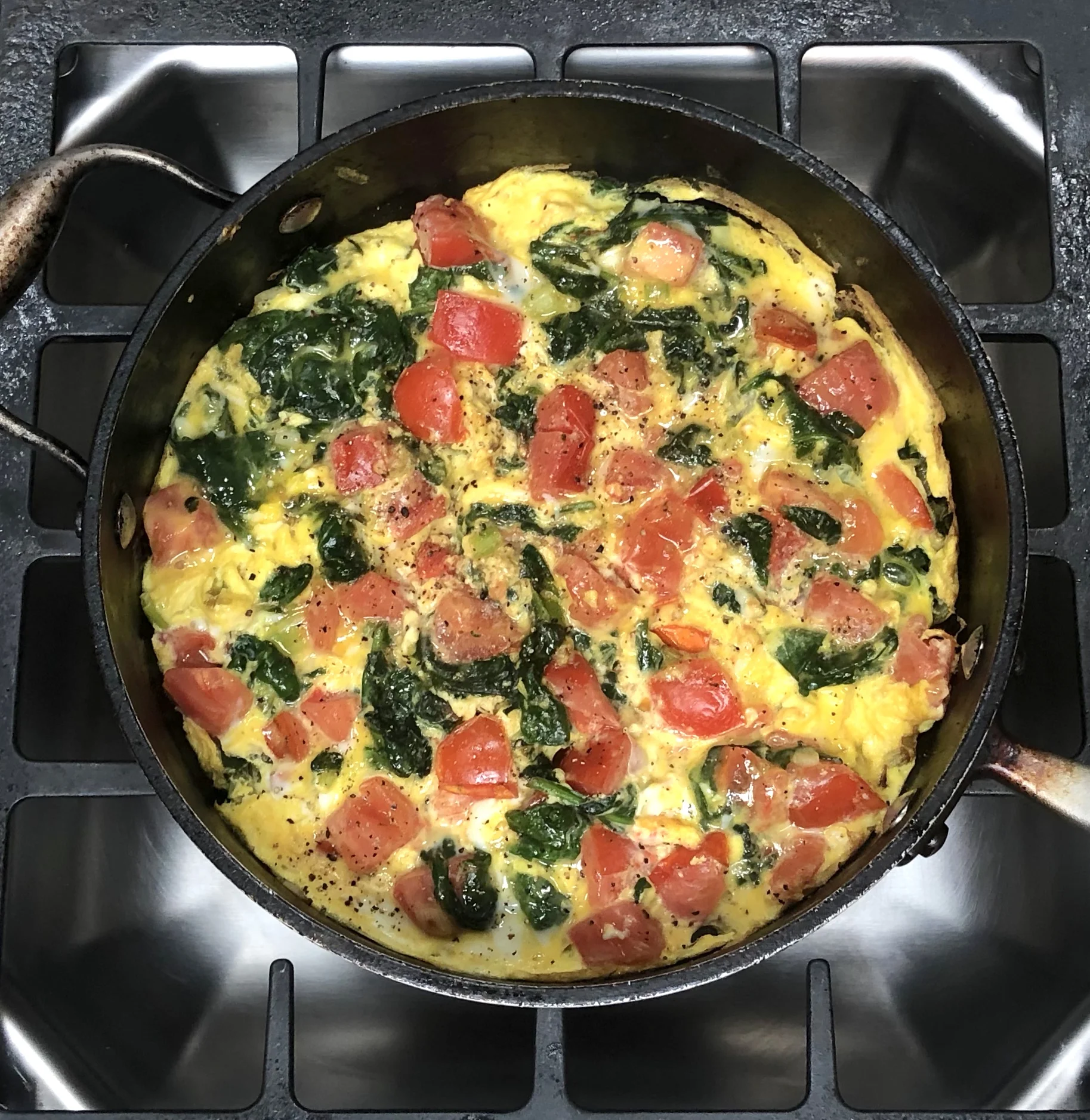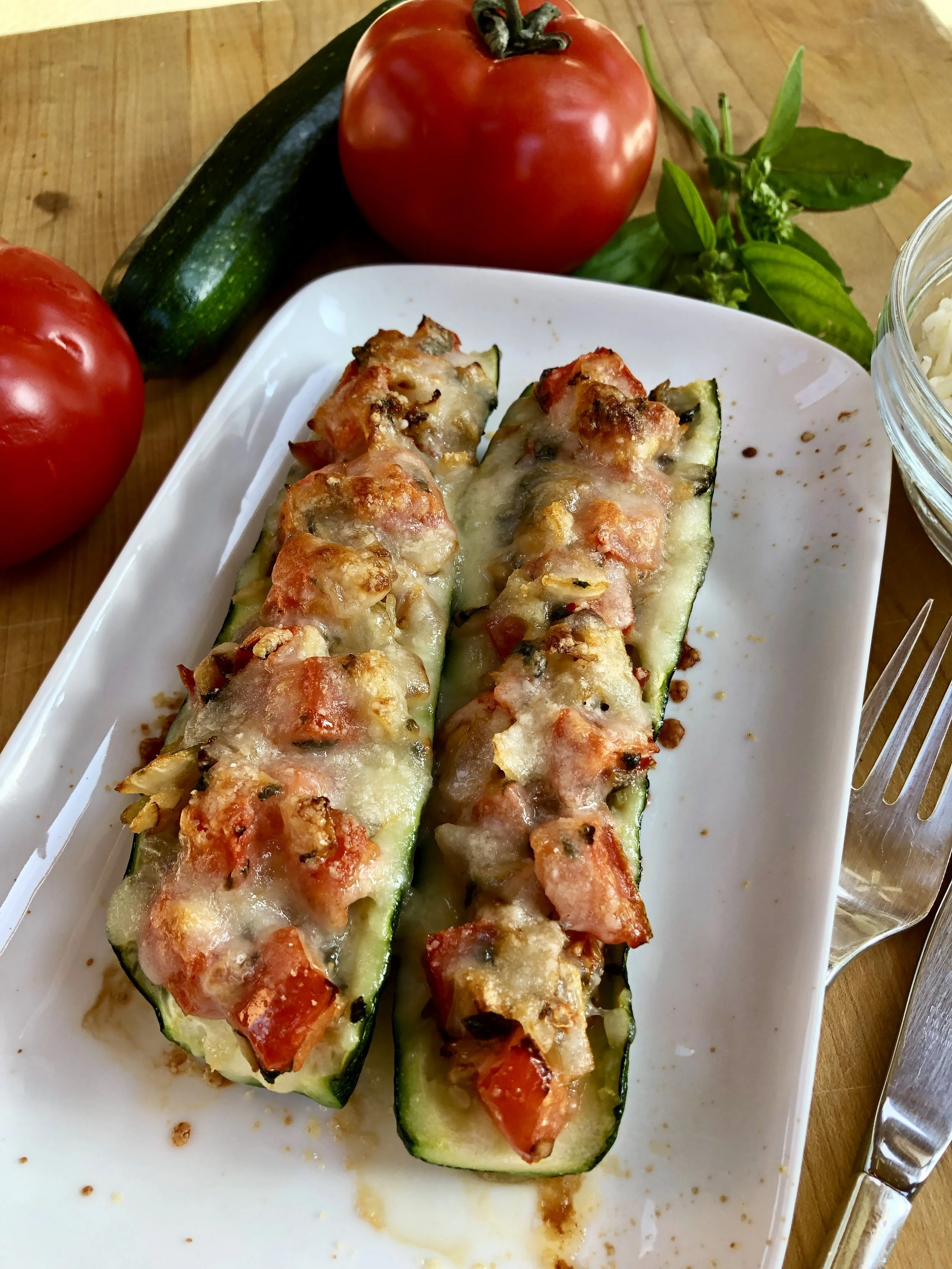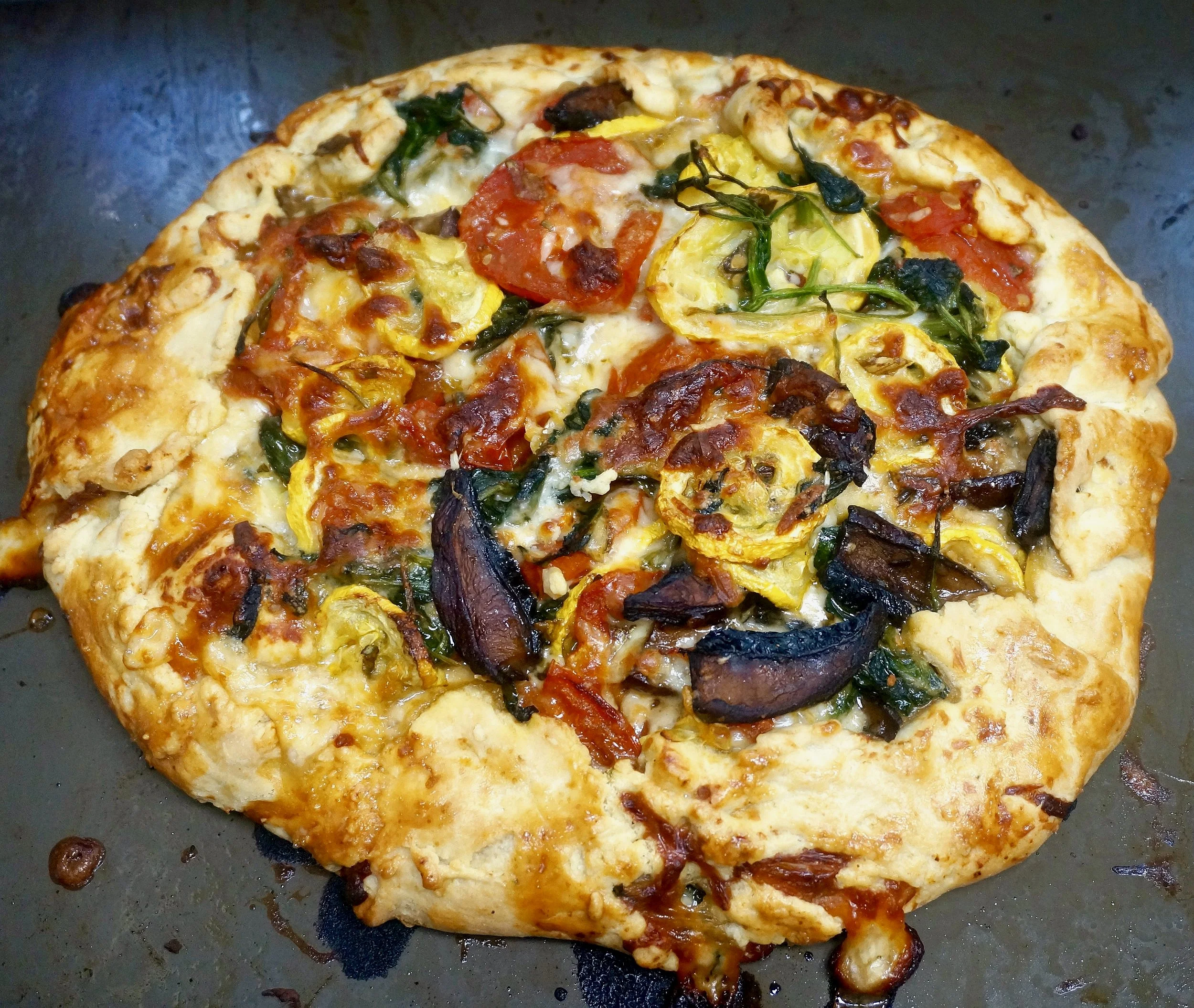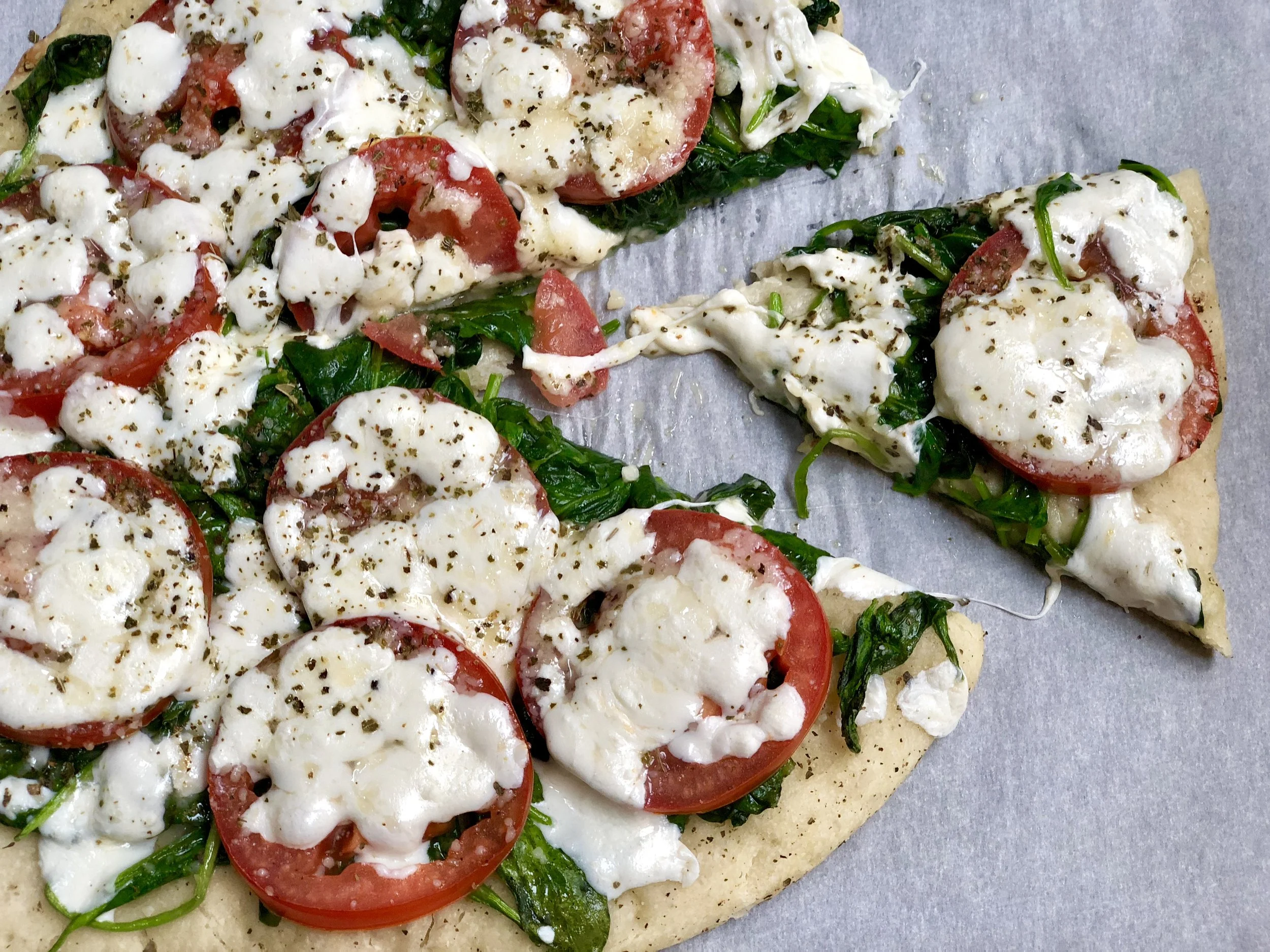Everyone who knows me or has read a few Mother’s Day posts on my blog knows we don’t celebrate the usual way. We don’t go out to a restaurant or club.
We stay home and have a cookoff.
Yes, we cook and it’s work and a mess but we have the best time ever. Everyone participates (except that some years I am just in charge of the beverages).
We choose a theme, form into teams and each team chooses a recipe. I buy the ingredients a couple of days before and then, on Sunday, my two daughters, their husbands, my husband and my grandkids all get cooking.
Last year our theme was dips. I prepared a tropical salsa.
One year it was chocolate chip cookies.
We’ve done tomato sauce, eggs and so on.
This year we decided on PIE. Each team will make some sort of pie.
There are no rules. They interpret the word (pie) however they wish.
So — apple pie? Sure!
Pizza pie? Of course!
Pot pie? Yes!
The only limit: this will be a vegetarian/dairy meal. So, no beef pot pie.
But — quiche? Why not — it’s a type of open face pie, right?
How about a potato/olive/onion empanada? YUM!
Cabbage pastie? ok!
I am thinking of this though: roasted vegetable galette. I make it with pie dough so it qualifies, doesn’t it?
A good Meatless Monday (or any other day) choice.
Roasted Vegetable Galette
1-1/2 cups all-purpose flour
1/2 teaspoon salt
1 tablespoon chopped chives or scallion tops
6 tablespoons butter, cut into chunks
2 tablespoons cold vegetable shortening
3-4 tablespoons milk
2 medium yellow squash, sliced
4-5 plum tomatoes, sliced
1 large Portobello mushroom, sliced
4 tablespoons olive oil
salt to taste
1 bunch spinach, washed and dried
2 tablespoons chopped basil
1-1/2 cups (6 ounces) shredded Mozzarella cheese
2-3 tablespoons grated Parmesan cheese
1 egg, beaten, optional
For the crust: mix the flour, salt and chives together in a bowl or food processor. Add the butter and shortening and cut the fat into the flour mixture with your hands or a pastry blender or by processing on pulse until the mixture looks like coarse crumbs. Gradually add 3 tablespoons milk and mix to form a soft dough, adding more milk as needed. Flatten the dough into a disk, wrap and let rest in the refrigerator for at least one hour. Line a large baking sheet with parchment paper. Roll the dough on a lightly floured board into a circle about 12-13 inches in diameter (about 1/8-inch thick) and transfer the circle to the prepared baking sheet.
For the filling: Preheat the oven to 425 degrees. Line a baking sheet with parchment paper. Place the squash, tomato and Portobello slices on the baking sheet and brush on both sides with 3 tablespoons of the olive oil. Roast for 20-22 minutes or until tender. Remove from the oven. Heat the remaining tablespoon olive oil in a sauté pan over medium heat. Add the spinach and cook for 2-3 minutes until softened. Drain any liquid, chop the spinach coarsely and set aside.
Reduce the oven heat to 400 degrees. Scatter the circle of dough with 1 cup of the mozzarella cheese, leaving a border of about 1-1/2 inches. Mix the vegetables together with the basil and place over the cheese. Scatter the remaining mozzarella cheese and the Parmesan cheese on top. Fold the dough over the vegetables but not completely; leave the center open, with 7-8 inches of the vegetables showing. Pleat the dough at the edge to give the galette a rustic look. Beat the egg and brush it onto the dough for a glazed look, if desired. Bake for 35-40 minutes or until the crust is golden brown.
Makes 8 servings
